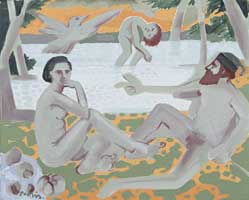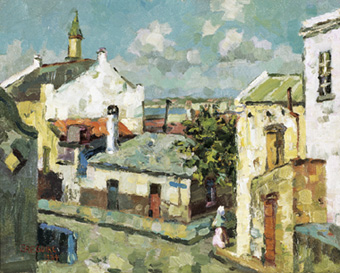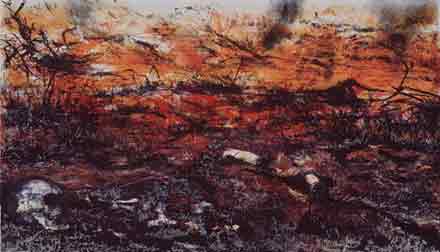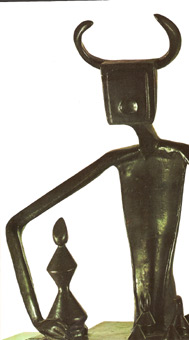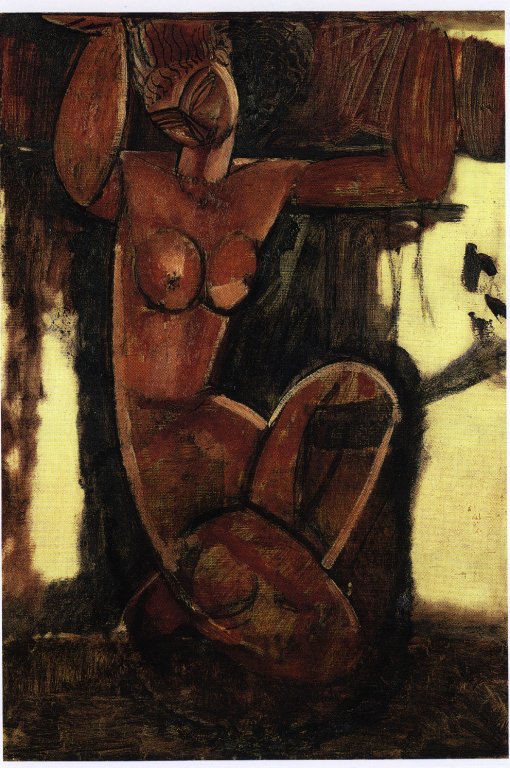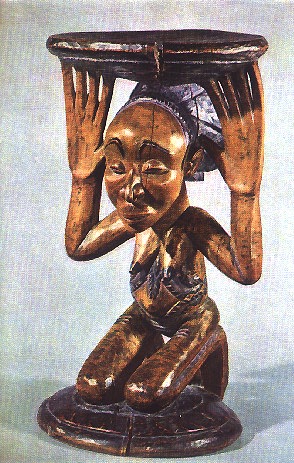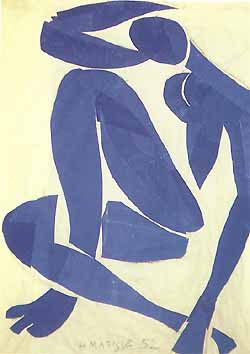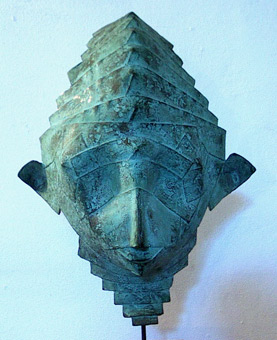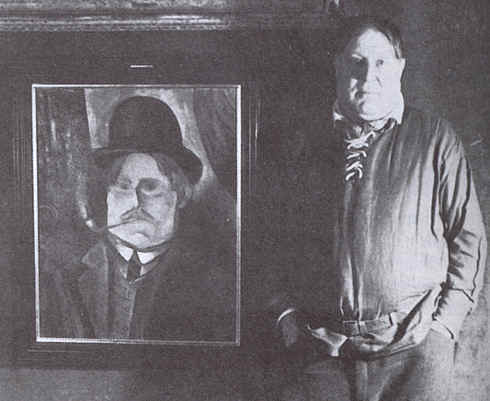' 900
' 20: influence of the expressionism.
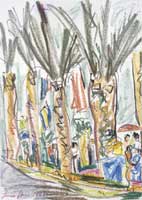 |
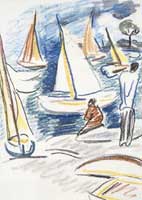 |
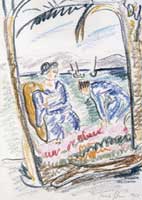 |
| IRMA STERN |
' 30: post-impressionist currents split up with the landscape art.
|
|
|
| WALTER BATTISS | GREGOIRE BOONZAIRE |
' 40: apparition of the first black artists on the cultural scene.
|
|
 |
| AFRICAN GUERNICA- DUMILE | GUERNICA - PICASSO |
' 50: during the postwar period southafrican art is influenced by
european and american artistic currents. Moreover the so-called "township
art", whose subjects are twisted figures of black people living in these
forgotten parts of the cities, has a wild diffusion.
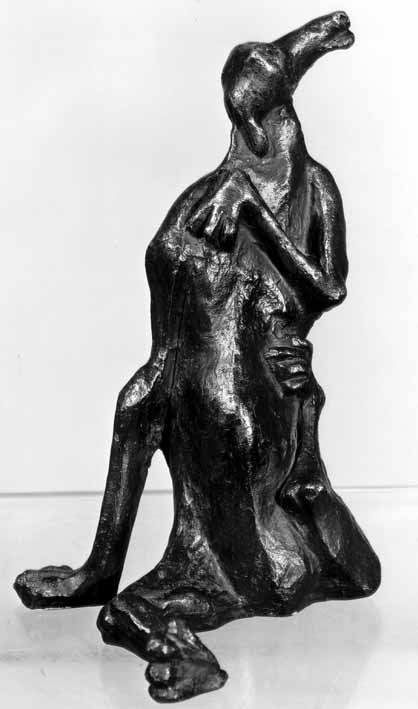 |
| MSLABA DUMILE |
' 60: attempt to combine european art with the african symbolism.
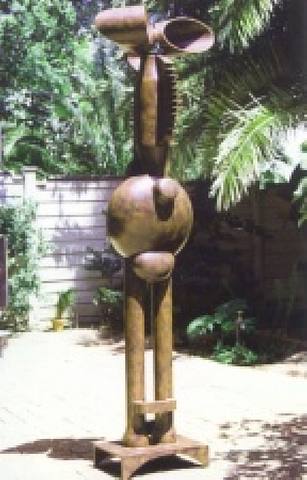 |
| EDOARDO VILLA |
' 70: the bloom of the art against apartheid gets international consents.
|
|
|
EZROM LEGAE |
' 80: art acquires a political meaning and becomes the synonym of the
struggle against segregation. It turns into the way to make people known
about the political situation and social conditions during that period.
The main characteristic of art in the Eighties is its accessibility to
everyone: paintings on the walls, on rubbish containers, in the streets
in order to spread the anti-apartheid message.
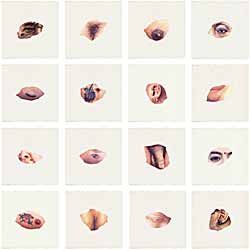 |
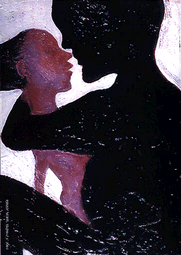 |
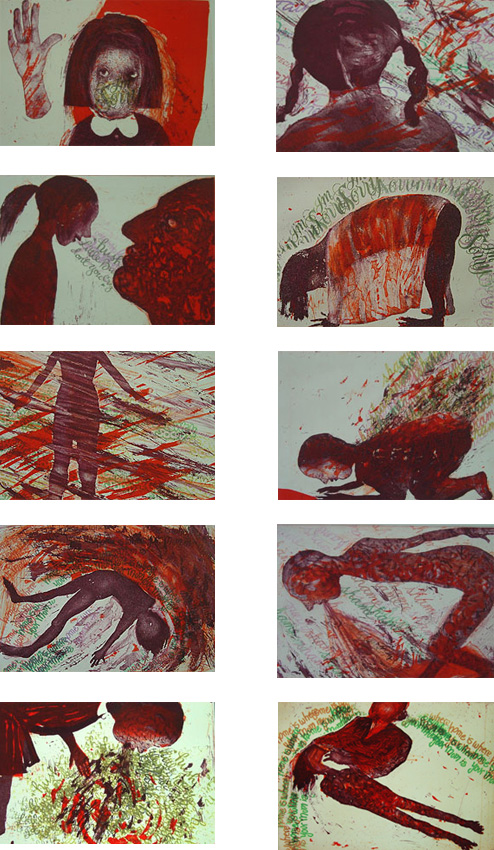 |
| KEITH DIETRICH | PENNY SIOPIS | PENNY SIOPIS |
"Parks of people"
The "parks of people" are unrehearsed exhibitions of artistic works made
of refuses, geographical maps, wooden craftsmade weapons and other
unusual materials
These kind of art exhibitions are inclused in an educational projects,prepared
to adapt teaching to the conditions of black communities.
Township Scenes
Lawrence N reproduces the township in a picture using sand, tin, rubber , paint and plastic. He collects his material where he lives and creates a 3 dimensional image of his surroundings. Lawrence has applied his creativity in a fun and visually appealing manner, creating mini masterpieces to support his family.
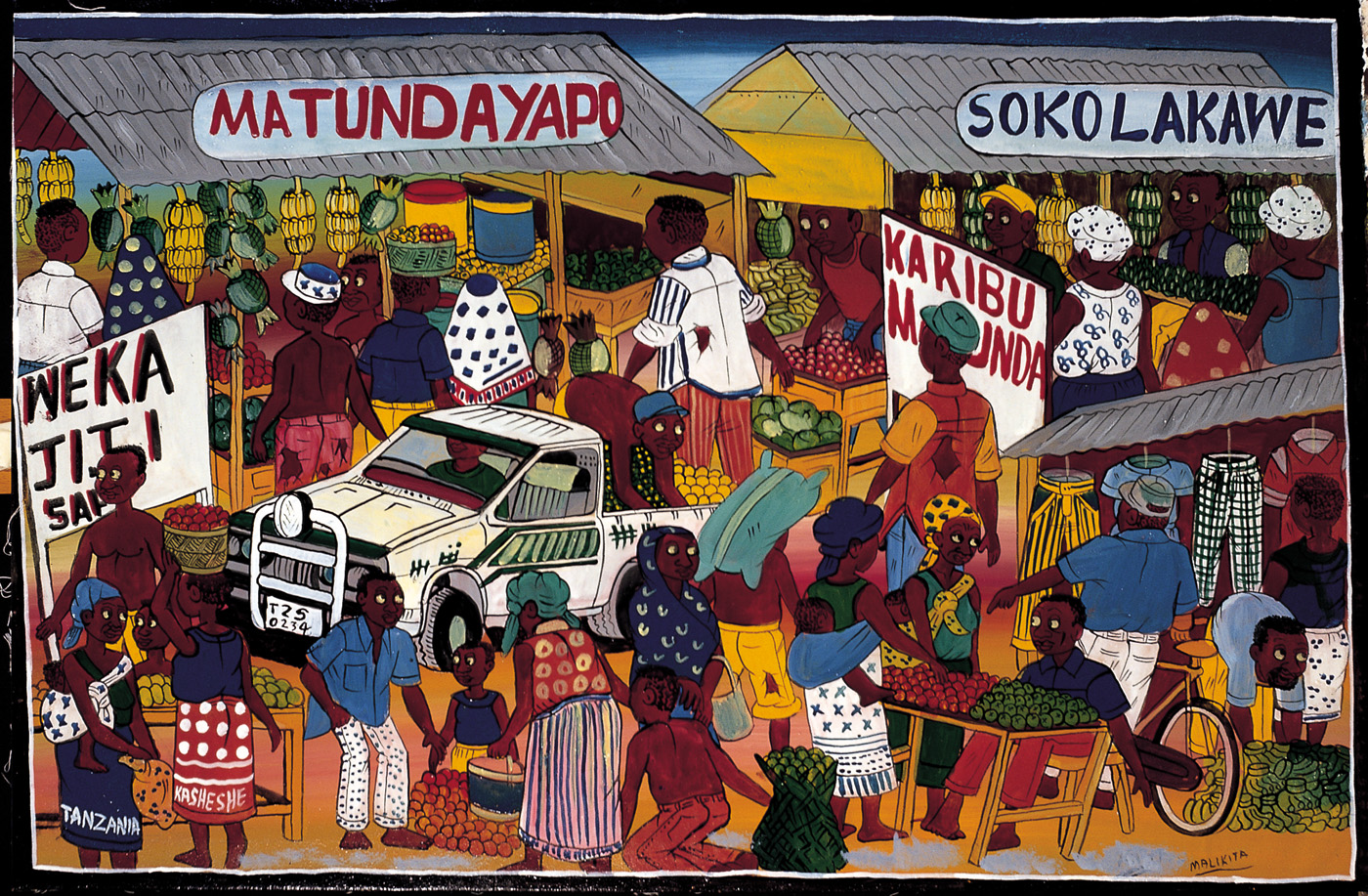
' 90: institution of the first pubblic office for Art and Culture.
AFRICAN INFLUENCE ON OCCIDENTAL ART
 During
the first half of the ' 900 the so-called "black arts" (term that
indicates the whole body of african and oceanic art) brought a drastic
revolution of the traditional way of thinking about occidental art,
giving birth both to polemics and to entusiastic adherences.
During
the first half of the ' 900 the so-called "black arts" (term that
indicates the whole body of african and oceanic art) brought a drastic
revolution of the traditional way of thinking about occidental art,
giving birth both to polemics and to entusiastic adherences.
African art was recognized as a true form of art with its dignity: the
prejudice that art was the product only of a "civilized world" was
passed.
The first discoverer and promoter of african art was the "fauve" artist
Maurice de Vlamink, even if Picasso and the cubists managed to
understand the very plant and organization of forms of tribal sculpture.
They caught from african works the volumes, the tridimensionality and a
new vision of art: it was not important to copy faithfully a real object,
but rather to grant the harmony of forms in balance with an internal,
invisible and personal order, a rhythm which unifies the different parts
according to their natural oneness.
KIRCHNER
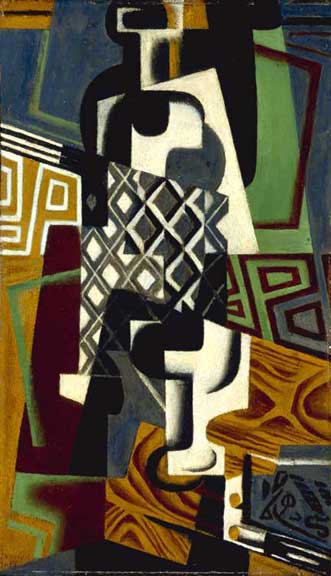
Black art moves from the General (the Idea of the deity linked to a
mystic and religious feeling) to the Particular (the Form in which the
same idea is contained). This method is the opposite of the classical
greek orientation (the base of the occidental artistic conception): from
the Particular to the General, starting with the depiction of individual
in order to suggest an ideal model.
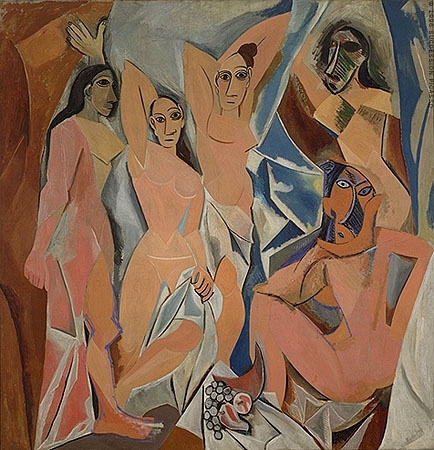
LES DEMOISELLES D'AVIGNON- PICASSO JUAN GRIS(cubismo)
|
|
|
|
KIRCHNER |
ERNST |
|
|
|
|
MODIGLIANI -CARIATIDE |
ARTE AFRICANA |
|
|
|
| MATISEE - NUDO BLU | MATISSE |
|
|
|
|
CAGLI e GUERRESCHI |
MAURICE DE VLAMINK |
SOURCES:
